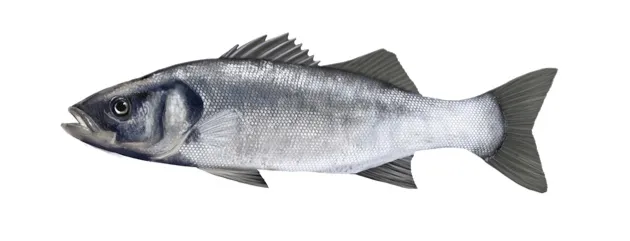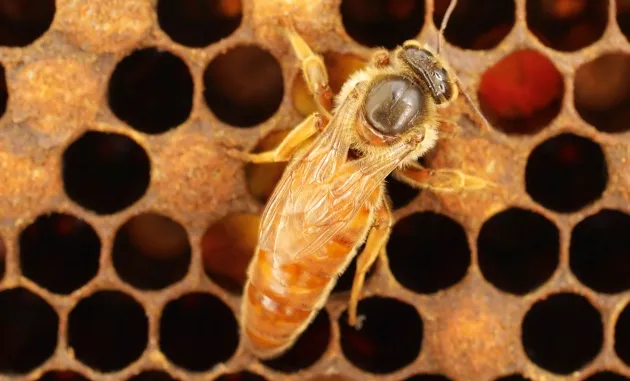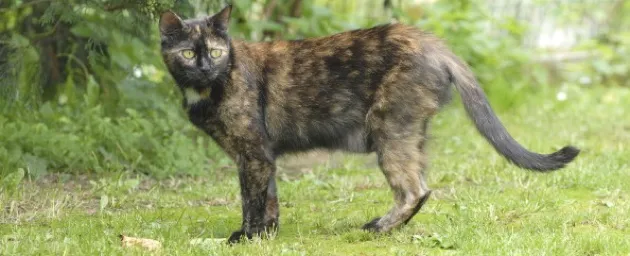Twins:Identical twins are rarely exactly the same, despite sharing the same DNA code. In extreme cases, one twin may have a devastating disease such as schizophrenia while the other is healthy. This disparity reflects growing epigenetic differences between the twins, usually as a combination of responses to the environment and also random variability in the epigenetic modifications in their cells.

Seabass:Mammal gender is genetically determined, based on the presence or absence of a Y chromosome. However, in young European sea bass, water temperature causes epigenetic changes, and this determines their gender. There’s a similar mechanism in crocodiles. It’s possible, therefore, that climate change may disrupt sex distribution in
such species.

Bees:Queen bees are physically very differentfrom workers, and can live 20 times longer. But there’s nothing genetically special about queen bees: they are just the product of a different feeding regime in early life. This leads to epigenetic modifications that maintain queenly gene expression patterns.

Cats:Almost all tortoiseshell cats are female. The orange and black coat colour genes are carried on the female sex chromosomes, known as X chromosomes. One of each pair of X chromosomes is randomly silenced by epigenetics early in development, and this creates the beautiful patchwork patterns in the feline fur.
This article has been edited for the web. The full version of this article appears in theSummer 2015issue ofBBC Focus magazine
Follow Science Focus onTwitter,Facebook, Instagramand Flipboard